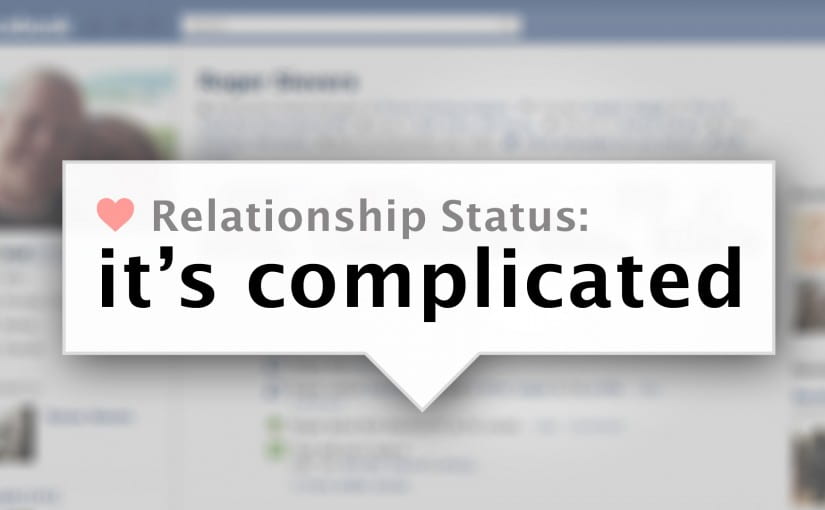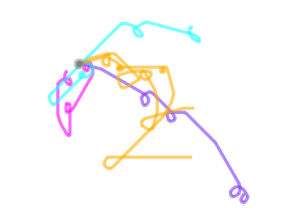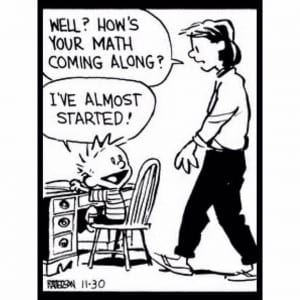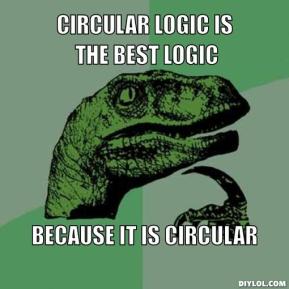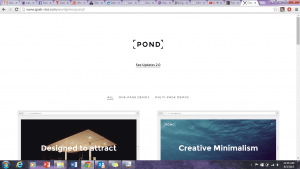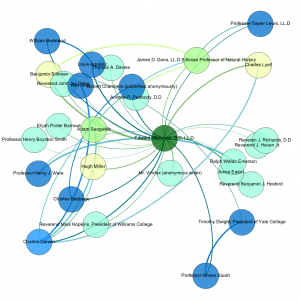At the beginning of his post on the Digital Humanities, Trevor Owens asks whether should “Start with the question, the archive or the tool?”. The answer he gives is that the digital humanities has no set starting point; The process is not rigid. In our work, I see a similarly fluid approach, despite being greenhorns to the field of DH. The only pattern is the lack of pattern.

Recalling how we planned (or are planning) our projects, I don’t see a strict order for our work. However, I do see a hierarchy of our considerations while brainstorming for each assignment. These priorities are only present briefly- we let them guide us in terms of the borders of first-draft thinking, but drop them once we actually begin moving forward. We can move anywhere within the boundaries and even push outward as long as we are doing research.
The considerations for the structure of our projects have generally followed this order:
- The tool that has been assigned.
Ex: WordPress, Omeka, Concept Mapping, Timemap, etc.
- The sources that we can easily obtain
The materials in the Amherst College archives that we have access to and won’t take long to get, basically boxes 1-10 of the Student Publications
- Topics and questions that we are both individually and collectively interested in
Architecture, music, biting satirical snark,which Val Dining Hall dishes are the worst, etc
In our TimeMap projects, for example, the priority was the tool first and the sources second. We knew that we had to make at least two maps using the TimeMap software and that our deliverables would pull data from the Student & Alumni Publications archives. The initial urge to map each publication and its period of distribution (the most basic application of TimeMap) was disqualified thanks to the nature of our archives. Every publication was from Amherst, which would be a very boring map.
However, we then reconsidered what we could pull from the publications and instead focus on their content. Undoubtedly, our favorite parts have been the humor mags and the Student’s weekly crime log. We were hoping to map each reference to a location on campus satirized by the range of publications. But with such a small range of locations within a small area, we weren’t certain of how accurately on a map we could distinguish each victim of college satire. We had to switch attention to further areas outside of the Amherst campus, such as Panama, New York or Manhattan.
Ultimately, this worked to our benefit. TimeMap, with the help of external GPS coordinate locators like google maps, was able to show individual locations on campus quite well. Still, we decided to keep looking for references to areas outside of Amherst as well, which gave extra breadth to our investigation. This adds more to interpretation of our project. Before, it would have only spoken about the areas on campus that students hated most by time period. Now, it can also answer questions like “How inwardly thinking where publications on campus?”, “What global events/locations were most in the eye of teen comedy writers?” and “Is Florida really the most ridiculous place on Earth?”
I don’t think the aforementioned considerations are inherent to digital humanities, but rather the framework for guided digital humanities. None of us are independent researchers yet; we’re all toddlers waiting to grow into the professor’s tweed jackets that we’re wearing. I’m doubtful that this hierarchy will remain when we reach the more free-form stage of the internship. Once the work-shops slow down and we begin pursuing our own projects, I’m excited to see what we come up with. We’re already thinking outside the box, imagine what we can do without a foot on the brakes.
![]()


